[This article was originally published in Q2 2018. Stats have been updated to reflect Q3 2018.]
Gusto is a delightful brand in a traditionally boring space: HR SaaS. They’re a unicorn (a company valued above $1 billion) with more than 60,000 customers—and they’ve invested a lot in content to get here.
They’re going toe-to-toe with Zenefits and ADP as they try to reach the estimated 3 million business owners who are still doing payroll on paper or spreadsheets.
Right now they’re pulling in more than 148,000 visits from search engines every month. If you were to pay for the kind of organic traffic Gusto gets with AdWords, you’d have to fork over about $620,000 a month. SHEESH.
In the past two years, Gusto has produced more than 400 articles (or microarticles) for the small business world. And they’re planning to make even more investments in content as they grow. At the time I wrote this piece, Gusto was looking to hire a new Head of Content and several more content-related roles:
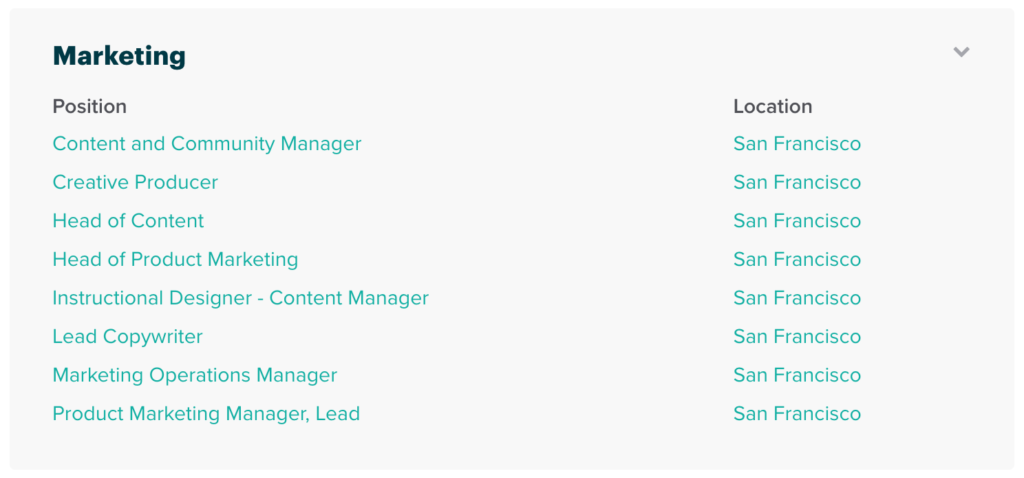
(They’re filled now!)
We’ll be taking a look at Gusto’s content to pull out some things any business can learn from them. Here’s the highlights of what we’ll cover:
- An overview of Gusto’s content
- How Gusto’s getting their organic search traffic
- What Gusto should do to get more
First, let’s get an idea of where Gusto’s content lives.
Gusto’s content map

Gusto.com
(~220k monthly organic visits)

This is where the software company shows off their product, compares themselves to the competition, posts job listings, and gets people to start free trials.
This accounts for about two-thirds of Gusto’sorganic traffic—about 100,000 monthly visits.
Framework, the Gusto blog
(~56k monthly organic visits)
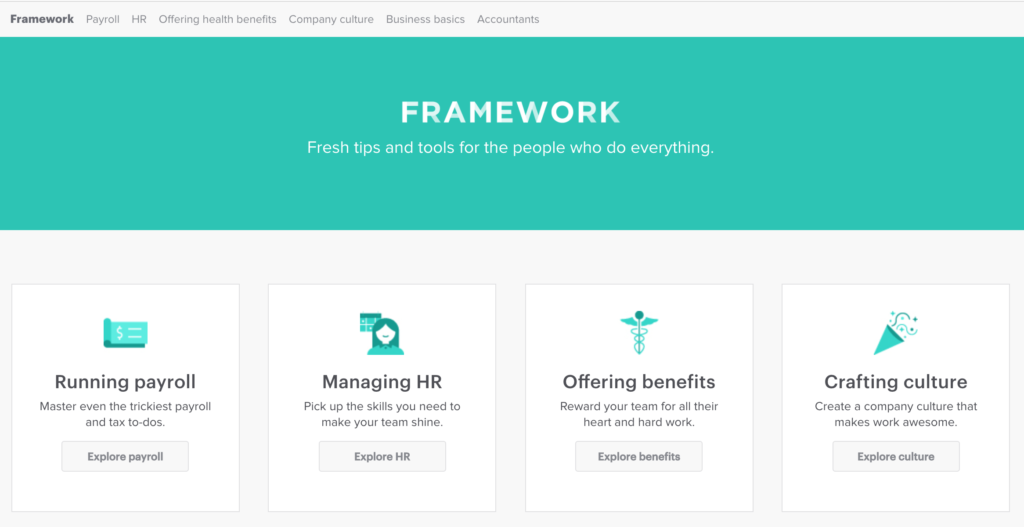
With more than 280 articles, this is where most of the content lives. This blog tackles a handful of topics that are on the small business owner’s mind, namely:
- Payroll
- HR
- Health benefits
- Company culture
Plus a host of articles related to running a small business.
Gusto’s free tools
(~6k monthly organic visits)
In a brilliant B2B play, Gusto has made a handful of simple tools available to small businesses free of charge. Payroll calculators, minimum wage vs. living wage comparisons, salary comparisons, and tax calculators live here.
We’ll look at this more in-depth soon.
Ask Gusto, the FAQs of small business
(~21k monthly organic visits)
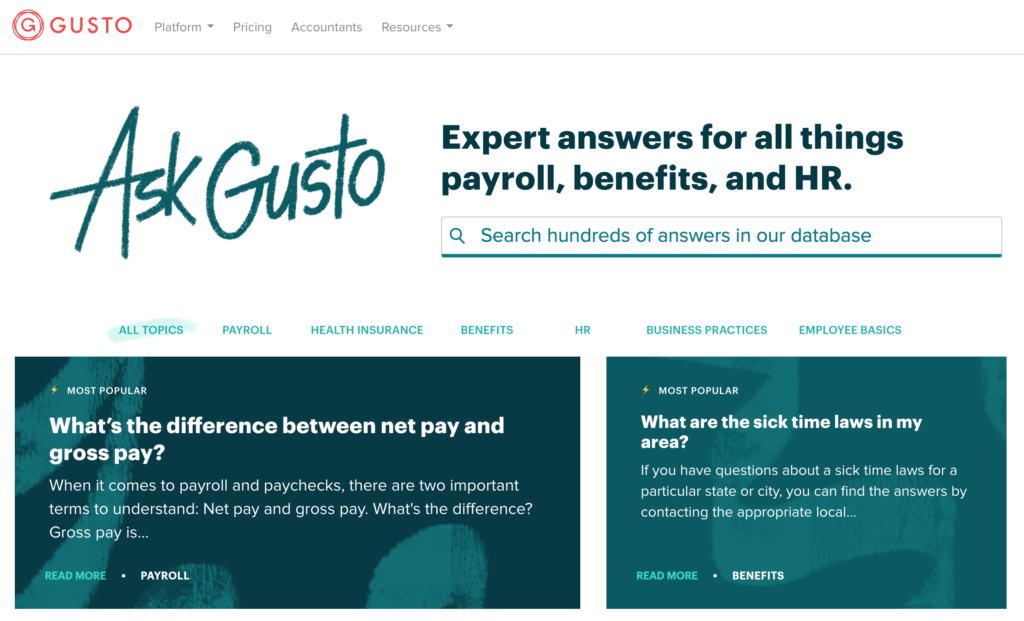
Ask Gusto is a relatively young initiative from the Gusto team, but it’s a smart one. They’re tackling the frequently-asked questions that small business owners have.
They already have a database of hundreds of questions and answers. And they’re not just keeping these answers in text article format, either. “Ask Gusto” is currently the feature presentation for the company’s YouTube channel.
Where does Gusto get its organic search traffic?
Gusto gets about 148,000 organic visits per month from search engines. Ahrefs gives them a domain rating of 75—meaning a lot of reputable sites link to them. And they rank for more than 127,000 keywords.

Like I mentioned in the title of this post, you’d have to pay about $6200,000 for this kind of traffic using AdWords. However, Gusto’s not spending that much on SEM ads. (They’re only spending about $100,000 a month.)
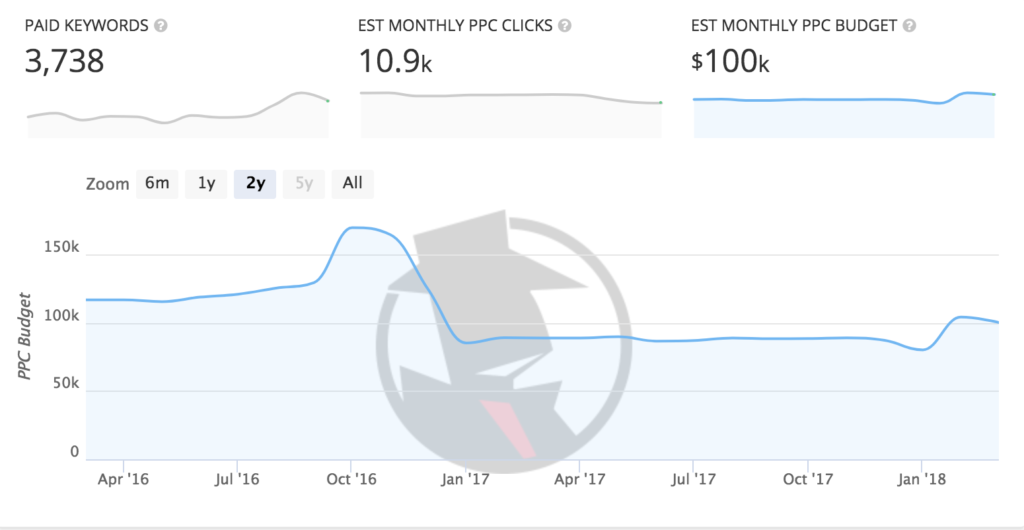
They’re winning that traffic organically.
And there are a few root causes for this:
- Gusto’s question-answer approach to content is winning featured snippets
- Gusto built a brand that people Google
- Gusto’s tools meet search intent
Let’s dig into these one by one.
1. How Gusto shows up in featured snippets
You’ve encountered Google’s featured snippets.
They’re the little cards that pull info from an article into the search engine results page itself. Like so:
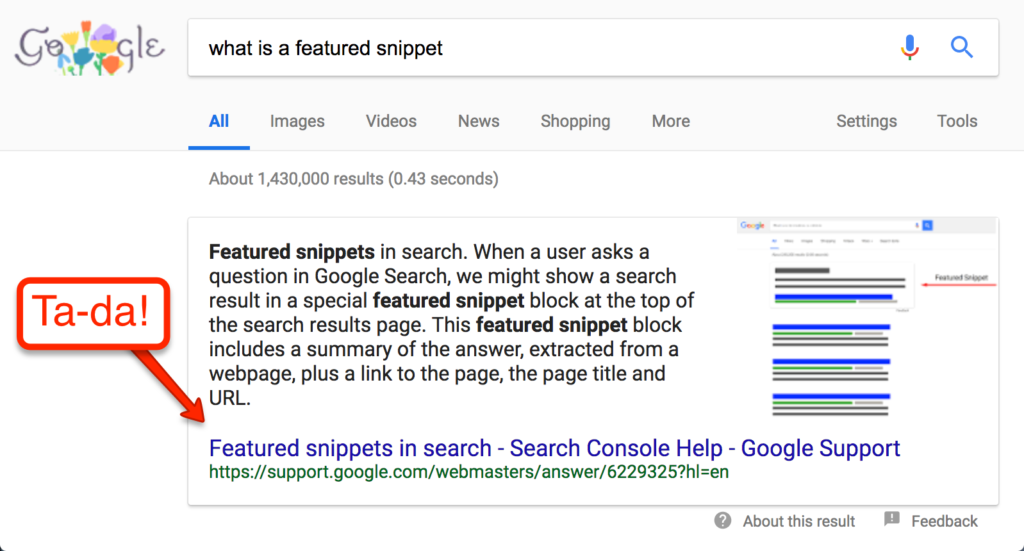
(Sidenote: we wrote a guide to all Google’s SERP features—check it out here.)
Gusto shows up in featured snippets for more than 250 keywords. And the articles represented by those snippets account for about 11 percent of Gusto’s organic traffic.
That means Gusto occupies position zero when people search for “average vacation time,” “new overtime laws,” and even “gross pay.”
Gusto’s snippets outrank big sites like The Motley Fool and The Balance when people search for these queries.
One of the reasons they’re getting all these snippets: Gusto uses a very conversational style in their writing. Their articles often use questions as headings. And Gusto authors tend to answer those questions with simple sentences first.
Here’s an example from the article that’s featured when people Google “gross pay”:
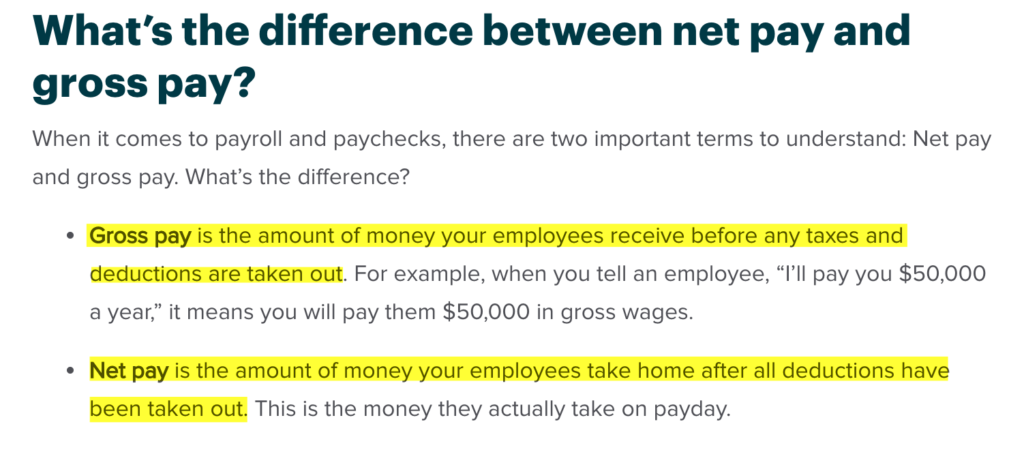
When someone Googles “gross pay,” they likely just want to make sure they’re not mixing up gross and net pay in their heads … again. All they need is a concise definition of both—and Gusto makes it very easy for Google to serve that up.
Want to target featured snippets for your site?
If you want to pull a Gusto and get your content into some featured snippets, here are a few resources you’ll want to reference:
- Britney Muller’s Whiteboard Friday series (episode 1, episode 2)
- Ahrefs’ study on Featured Snippets in 2017
- A.J. Ghergich’s study in 2018
- My tutorial for finding opportunities in Ahrefs
2. People straight-up Google “Gusto”
Right now, a little more than 60 percent of Gusto’s organic traffic comes from branded search. That means most of Gusto’s search traffic is from people Googling things like “gusto,” “gusto careers,” “gusto payroll,” and “gusto login.”
And Gusto has a strong branded search game.
Get this: people Google “HR software” about 3,600 times a month. But you know how often people Google “Gusto”?
It’s over 120,000.
Check out the Google trends—Gusto is cleaning the floor with their product category.
The most obvious reason for a lot of this search is that people are Googling Gusto because they want to access the Web app. (That, or everyone’s reminiscing about those Kristen Schaal commercials in 2016.)
As you can imagine, most of that traffic ends up on Gusto’s home page. In fact, Ahrefs estimates that 45 percent of all Gusto’s organic search traffic goes to the home page.
The rest of Gusto’s branded search falls to a mix of their about section (especially their “careers” page) and product pages.
3. Gusto’s free tools meet searcher intent
About five percent of Gusto’s search traffic goes to the various free tools they offer, including:
- A payroll tax calculator that shows how much a business owner can expect to spend on taxes for a new employee.
- A salary comparison tool that helps owners see what an average position gets paid in their state.
- A burn rate calculator that helps owners see how quickly they’re spending money pre-profit.
- An employee onboarding checklist that helps owners knock out all the paperwork that comes with hiring someone.
For a few of these, you have the tool plus a helpful article full of info that anyone using that tool might need. For example, here’s what the payroll calculator page looks like:
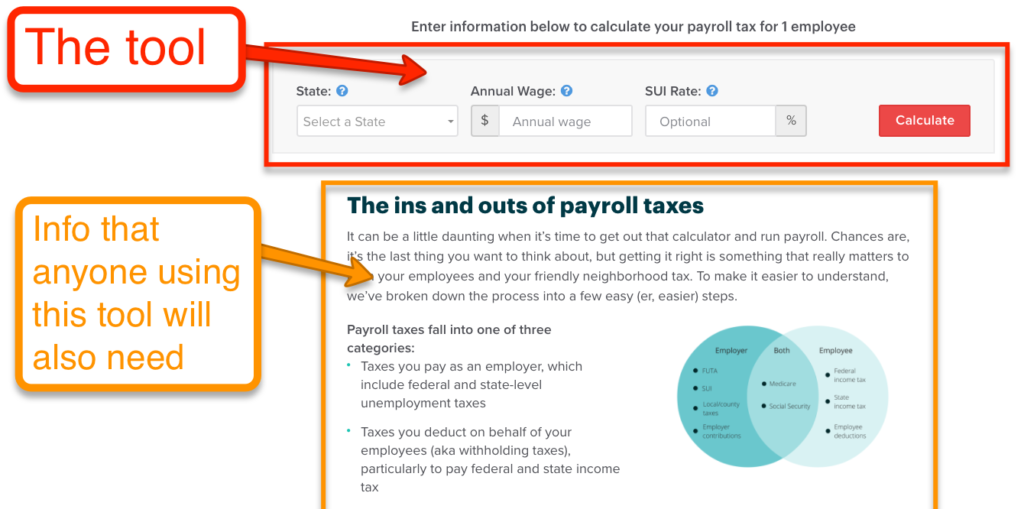
Like I mentioned in my guide to B2B SEO, tools can be a really helpful way to gain traffic from the people your brand wants to help.
For Gusto, it makes a lot of sense. Their product helps entrepreneurs save time on payroll. Entrepreneurs who are trying to figure out how much they’ll pay in taxes when they hire a new employee could probably use a whole lot of payroll help.
Plus, there’s a good number of those people. Every month, about there are about 37,000 searches for “payroll tax calculator.”
Which means it’s a good thing for both Gusto and entrepreneurs that Gusto’s tax calculator shows up on the first page of results for that term.
But it doesn’t just rank for specific calculator searches. The employer tax calculator also ranks for more broad questions, like “how much is payroll tax,” and “how much does an employee cost.”
That’s because Google is constantly trying to determine the meaning behind the words we use to search. It knows that someone trying to figure out the cost of an employee probably wants to use an employer tax calculator. (Which means RankBrain’s doing its job.)
4. BONUS: Gusto follows some site-wide best practices
Not only does Gusto put their content on a secure site (note the “https” before their blog post URLs), but they’ve also put both their big content libraries (Framework and Ask Gusto) on subdirectories of their main site.

That’s a double win on the SEO front—both of these are best practices when it comes to technical SEO.
It’s common to see SaaS startups stick their blogs on subdomains. (E.g., their blog lives at BLOG.website.com instead of website.com/BLOG.) It’s easier to allow a marketing team to play with a blog when it’s sequestered off from the Web app.
The problem is: that’s almost always a bad SEO move.
Blogs on subdomains consistently get a hike in organic traffic and rankings when they’re moved to subfolders. And plenty of companies experience a dropoff in traffic when they move their blogs to subdomains.
SEO wizard Rand Fishkin even went on record in 2015 saying of subdomain blogs: “Don’t use them unless you absolutely have no choice.”
Way to be, Gusto. Way to be.
Predictions (or prescriptions) on how Gusto will get more traffic
Gusto’s doing some things well, but there’s a good deal of content wins that are being left on the table. As they fill out their content team, here are a few things we should expect Gusto to do:
1. Create a lead magnet library page
Gusto has created a wealth of content, including several downloadable guides. But these guides aren’t pulling search traffic AND they’re not easy to find as you navigate the site.
That’s a shame—because they’re good guides. (I would have loved to read their crash course on hiring a first employee back in the earliest Overthink Group days!) These resources could be earning links from the small business community, but only if the people who want to share them know where to find them.
Watch for Gusto to pull together their lead magnets into a sortable library soon. This will give fans a way to share links to lead magnet landing pages in ways they haven’t been able to before.
Plus, as Gusto’s reputation as a content provider grows, more and more people will simply link to the library page itself, in a “check out all Gusto’s great guides and checklists here” sort of way.
2. Long-form content
As of now, the average length of a Framework post is about 850 words. That’s digestible—but longer content (2,000+ words) tends to perform better in search engines on a few fronts:
- Longer content tends to make it into more voice search results.
- Longer content tends to get more links.
- Longer content tends to use more vocabulary related to the topic at hand, which helps Google understand what your content is about and what problems it might solve.
Not every single one of Gusto’s articles will be a long one—but I expect them to start developing pillar pages about broader topics that they want to educate business owners on.
3. Gusto data visualizations
With more than 60,000 companies using Gusto, they have a lot of data that would be very interesting to their market. For example, I could see Gusto publishing any of these data visualizations in the next year:
- The average small business owner’s salary, by state
- The most common first hire, by industry
- The average small business benefits package, by state
These data visualizations would get a lot of organic press coverage and links—and a few might go viral. Gusto has the data—expect one of their new content hires to use it.
4. Original research
Gusto has more than 60,000 customers, and a net promoter score of 75—meaning their customers are happy to refer others to Gusto. That’s a lot of small business owners and HR generalist who might be willing to take surveys, answer questions, and the like.
Gusto could (and should) start using its loyal customer base to study trends in the small business world. They could tap into common issues and priorities that business owners face when it comes to building culture, choosing benefits, giving raises, etc.
Not only would this be super interesting, it would be super linkable. News outlets would cite those statistics all year long—which is why I expect Gusto to start publishing them.
Blog strategically
We’ve looked at where Gusto’s organic traffic is coming from, and how they could win a lot more in the future.
Gusto’s quickly becoming a recognized brand in their space. If you take a few notes from their playbook, you’ll grow in yours, too.


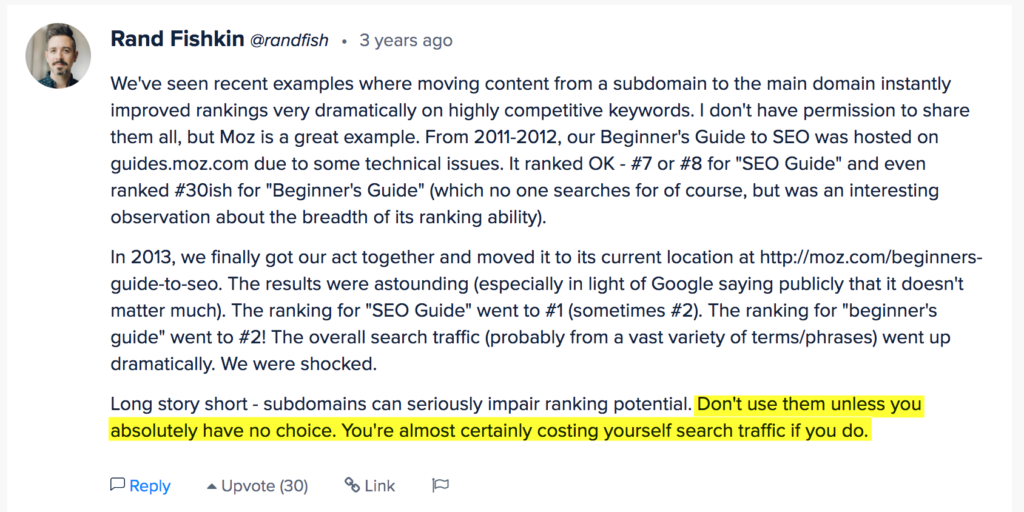

Great article with so much pointed detail. Thank you for sharing this. Curious as to how you get all the specific data points? Is this available through GSuite or is it another source? Would love to learn this about our company site.
Jim
Hey Jim! SEO stats are from Ahrefs, and PPC spend stats are from SpyFu.